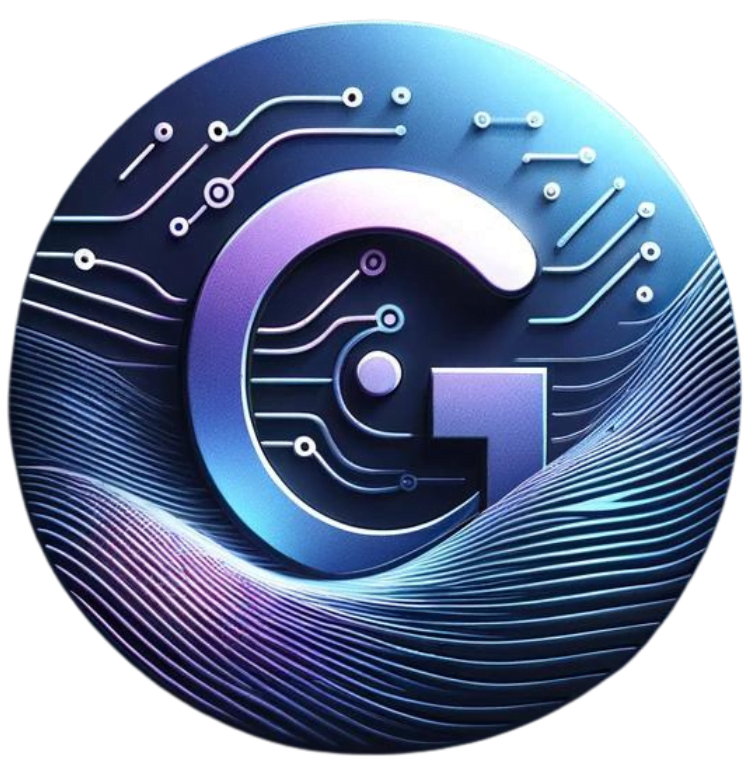6 Essential Steps for Adapting Email Marketing for Different Age Groups

Understand the Preferences of Each Age Group
Email marketing effectiveness depends heavily on understanding the unique preferences of each age group. For instance, while Gen Z might appreciate vibrant visuals and short content, Baby Boomers may prefer detailed and informative emails. Conducting proper market research can help you obtain these insights.
Segment Your Email List
Once you understand your audience’s preferences, segment your email list accordingly. Use criteria like age, behavior, and interests for segmentation. This allows you to tailor your content to meet the specific needs of each group, increasing engagement and effectiveness.

Craft Age-Appropriate Subject Lines
The subject line is the first thing recipients see and can significantly impact open rates. For younger audiences, employ catchy and casual language. For older recipients, use clear, direct, and informative subject lines. Personalized subject lines can further enhance your email’s appeal.
Design User-Friendly and Accessible Content
Ensure the email content is easily readable and accessible to all age groups. Use larger font sizes for older audiences and ensure that the email is mobile-friendly, as younger generations are more likely to open emails on their smartphones. Employ a consistent layout that is easy to navigate.
Timing is Crucial
Different age groups have varied schedules and habits. Analyze data to identify the best times to send emails to each segment. For instance, working professionals might check their emails early in the morning, while students might open theirs later in the evening.
A/B Test Your Campaigns
To ensure that your strategy is effective, perform A/B testing on your email campaigns. Test different variables such as subject lines, content, images, and send times. Use the results to refine your approach and optimize your email marketing for each age group.
For more information on marketing and tech, visit georgefeola.io.

